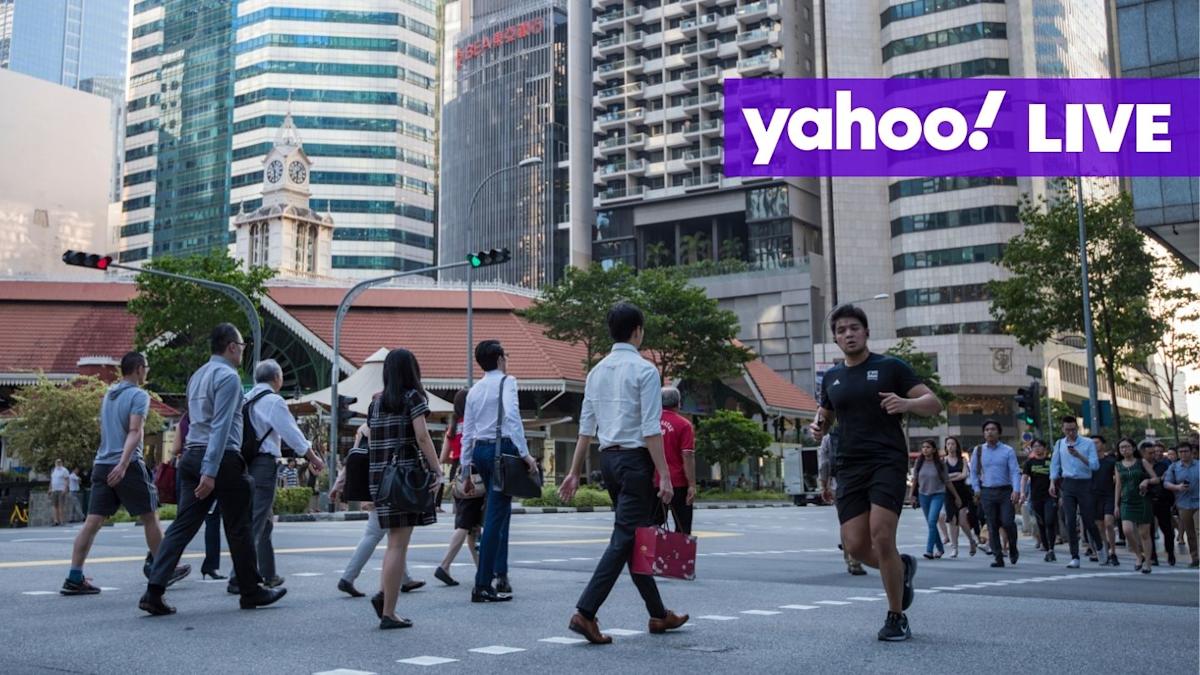
Rising costs, stagnant wages and aspirational spending push Singaporeans into pay cheque-to-pay cheque living. (Photo: Getty Images)
Singapore’s reputation for disciplined saving is under threat. A 2025 ADP Research report, which surveyed nearly 38,000 people across 34 markets, reveals that 60 per cent of workers lived pay cheque to pay cheque in 2024, the highest rate in Asia-Pacific.
Singapore’s rate is well above the Asia-Pacific average of 48 per cent, surpassing regional peers like China, South Korea, and Indonesia, and reflects a growing strain on household finances. Rising costs of living, from housing to groceries, are outpacing wage growth.
Real median income has declined by 0.4 per cent annually since 2019, reversing previous growth trends. Inflation may have cooled, but structural costs, like housing and imported goods, remain high.
Experts say the shift isn’t just economic, it’s cultural. Younger Singaporeans are prioritising experiences, self-care, and lifestyle over long-term financial planning. “I want to have a life and experience life too,” one respondent told CNBC.
Buy-now-pay-later schemes and social media-fuelled consumerism are also driving the trend. Experts say many are spending money they haven’t earned yet, chasing lifestyles they can’t afford.
The shift marks a generational change. Fewer Singaporeans in their 20s to 50s are planning for retirement, and many feel less urgency to save compared to their parents.
Singapore’s cost of living ranked fifth globally in 2025, and first in Asia, according to Numbeo. With fewer people planning for retirement, the nation’s savings-first identity is showing cracks.
